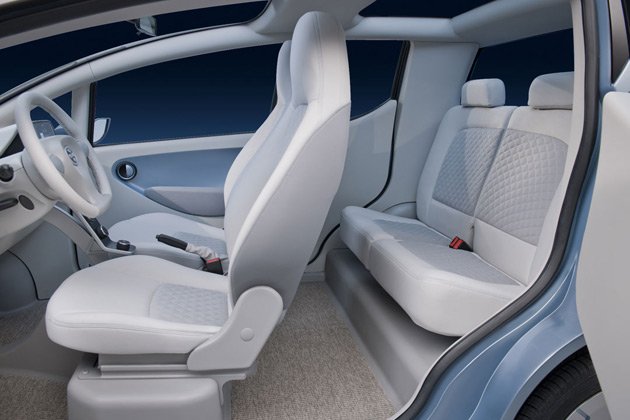Tata to launch eMO Electric Car
After showcasing theeMO EV concept as a part of the Michellin Challenge Design at the Detroit Auto Show, Tata is now working with French company Dassualt Systems to commercially produce the car that could cost around Rs. 10 lakh.
 |
As a ground-up EV study, eMO also incorporates design
advantages over an internal combustion engine (ICE) vehicle like smoother
aerodynamic surfaces and shorter overhangs.
|











No comments:
Post a Comment